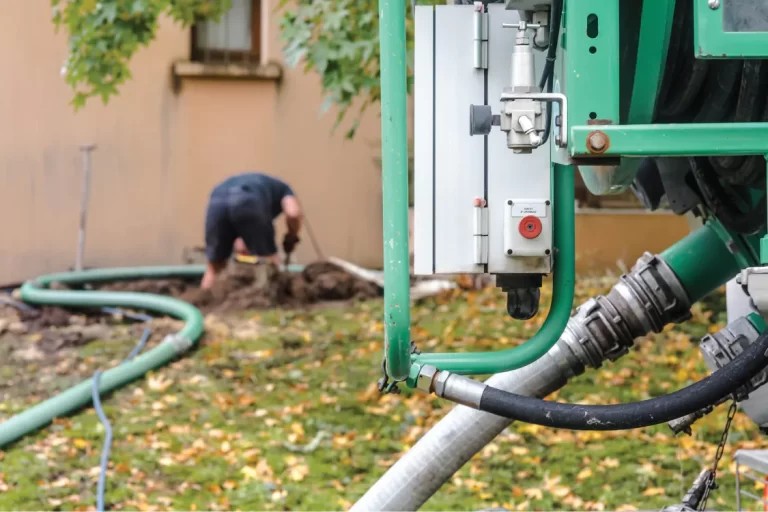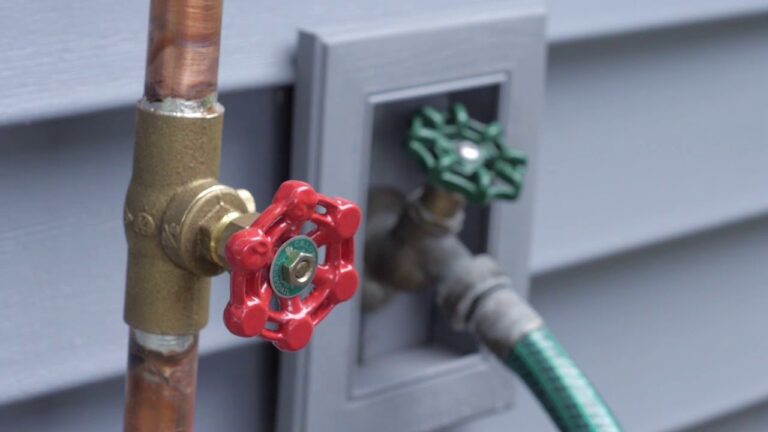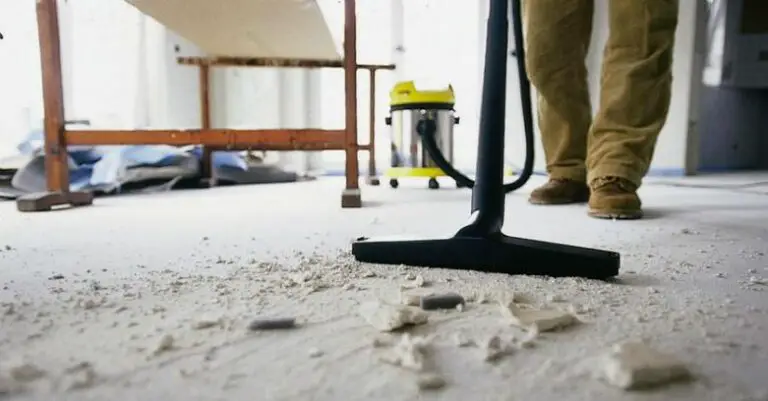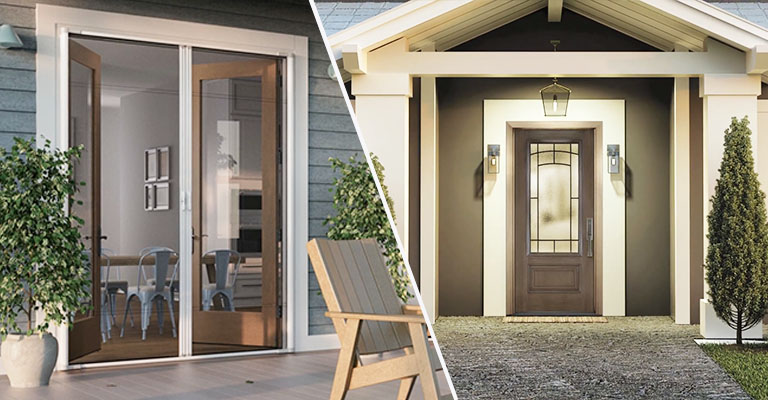Why Do You Caulk Before Painting?
This is a common question that plagues newbies in the world of DIY. So, before you start painting, make sure to caulk around your window frames, doors, or any joints in your walls.
Before you caulk, take a moment to learn how to correctly caulk. There are many things to consider before you decide to seal the gaps in your home’s exterior. Caulk Before Painting is one of the most essential steps in the process of painting a home.
Depending on how your home is built, you might need to caulk all surfaces when painting. Before you get too excited to paint, get caulk. Properly caulking any edges before painting will ensure a better, smoother application and cover up imperfections.
Why Is Caulking Important?
Caulking is an important part of any paint job, but you should only caulk if the room is very tight and it’s more difficult to get paint into the seam. If there are no seams that need caulking, then you should not do it. Instead, you should wait until the paint has dried for 24 hours.
Caulk is a sealant used to prevent water from leaking into and damaging walls and ceilings. It’s often used before painting and can strengthen the paint in some cases.
Some people recommend caulking first and then measuring out your paint according to their recommendation on how much room needs coverage by mixing up your paint accordingly.
This article will discuss the importance of caulking before painting your home. It will give you reasons why it is important to do, as well as how to properly caulk before painting.
Benefits Of Caulking
Caulk is a sealant used to prevent water from leaking into and damaging walls and ceilings. It’s often used before painting and can strengthen the paint in some cases. Here are some of the benefits of caulking:
- It provides added protection for your walls by sealing any cracks or gaps that may exist in your wall.
- It can be applied before you paint which helps create a more even surface for your paint, giving you an even coat with fewer brush strokes needed to cover mistakes.
- It’s less likely to be smudged by dust particles when working in high places like ceilings.
Should You Caulk Before Or After Painting?
Before painting, it is important to caulk around the perimeter of the paint. This will prevent water from seeping into your walls and damaging your paint job. After painting, you should remove any excess caulking so that there are no bubbles in the joints.
The question of whether to caulk before or after painting the exterior has been hotly debated for years now, so you might want to check out this article for some more information on the topic!
Why Should You Caulk Before You Paint?
Caulking is an important part of the painting process. It forms a seal that keeps water out, preventing it from seeping into the walls and damaging the drywall. A great way to save your paint job is to caulk first before you paint. This will not only protect your surfaces but also prevent puddles and flooding in the long run.
One of the most important steps in painting is caulk. It is a sealant that prevents water from leaking into the framed areas of drywall or plasterboard. It also forms a surface texture that will prevent mold and mildew from growing on surfaces that are not accessible to them.
Caulk is important for several other reasons too, including preventing drafts around windows and doors, protecting ceilings from moisture damage, providing a protective barrier between baseboards and wall finishing’s, helping to reduce dust accumulation on floors by sealing off air pathways inside walls, etc.
Painting The Exterior Or Caulking It First?
Caulk is typically used before painting the exterior of a home. The reason behind this is that it creates a tough barrier against moisture and rain.
But that doesn’t mean you should always use it before painting – sometimes, you can also use caulk after painting to tie up any seams or gaps. This will help prevent drafts from coming in through the home.
Some homeowners choose to apply caulking before painting, while others opt to wait until after they’ve finished painting. It all comes down to personal preference and timing.
As a general rule of thumb, water-based paint can be applied on top of most caulks without causing problems with adhesion or peeling paint.
Is It OK To Caulk After Painting?
This question has been on the minds of many homeowners, but is it OK to caulk after painting? And what type of paint should you use if you don’t want to mess up your caulk job?
This question comes up most often when people are changing the color of their walls from white to a different color because they are unsure how long caulks last once, they are applied after painting. The best way to make sure that your paint job lasts for as long as possible would be by using a primer before you start painting your wall.
When it comes to painting over caulk, there are a number of factors you should consider. It is important to know the pros and cons of painting over caulk before you begin your project. Nowadays, caulking is typically used on the edges of a wall or ceiling to seal off the water, cracks, and other elements that could cause damage.
However, it might be a good idea to consider whether or not it’s appropriate to use this product after painting. This step can help ensure that your paint job will last for years without any issues.
Painting over caulk is an effective way of repairing your home’s exterior, but it can easily lead to cracks, chips, or other damage.
Will It Make The Paint Last Longer?
Some people paint over old caulking in their walls because they think it will make the paint last longer. However, painting over old caulk may cause some unwanted problems like water damage, show stains on the caulk, or even making it harder to remove.
Painting over caulk is not always a good idea. It is not always necessary to remove the old caulk before painting. That is because painting over caulk is considered a pro in exterior painting.
Apart from the obvious cost-benefit analysis, it’s also important to consider the environmental consequences if you decide to paint over caulk.
Risks
Bad caulking is never a good idea. This applies to everything from DIY projects to the finished product of a home remodeling project. Even worse, there isn’t anything you can do about it if your project is already done!
What Is Painters Caulk Used For?
Painters caulk is a type of latex primer that is used to seal the surface to the paint that will later be applied. This type of primer can be used on both interior and exterior surfaces such as wood, metal, stone, and even concrete.
It is also known as a joint compound. It can be used to seal cracks in plaster or tile, fill gaps between the wall frames, and seal chipboard walls to prepare them for painting. The purpose of this primer is to create a smooth surface for the paint to adhere to and also seal small cracks in the surface.
Final Words
It’s evident that using the right caulk makes a significant difference in the final result. Acrylic latex caulk is often preferred for its easy-to-paint-over properties, while silicone caulk stands out for its water-resistance, especially in exterior caulking projects. However, the key to a successful finish doesn’t just lie in the type of caulk you choose, but also in its application. Ensuring that the caulk gun is used precisely to apply caulk, and any excess caulk is smoothly wiped away, can set the foundation for a sharp caulk line, particularly when caulking trim.
When you set out to apply caulk, especially if it’s for caulking trim or other detailed work, be patient and meticulous. The caulk tube, when used correctly with a caulk gun, can help in preventing issues like rotting wood or gaps which can compromise the integrity of your painting project. Furthermore, being mindful while applying caulk ensures that the caulk trim and lines blend seamlessly, enhancing the overall look of the finished paint job.
So, as you prepare for your next painting project, remember that the step of applying caulk can’t be overlooked. Whether it’s acrylic latex or silicone caulking you opt for, a proper application can make or break the final appearance of your work. With the right caulk, careful application, and attentive removal of any overflows, you’re set to achieve a professional, lasting result.






